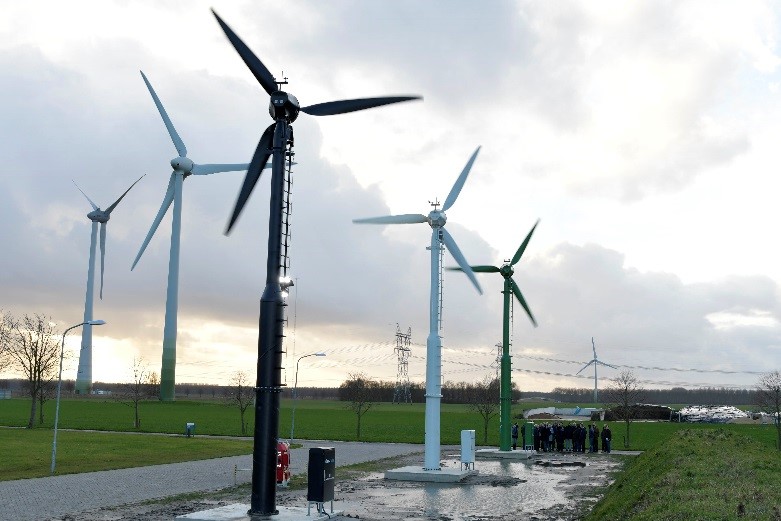
A new smart grid test site of Wageningen University & Research (WUR), designed for testing smart grid solutions of the future in practice was officially opened in January. Partners of the H2020 project Energy Keeper will test a new redox flow battery based on organic materials combined with a battery management system, on this Dutch facility.
The renewable energy sector is expanding rapidly, with an increasing number of renewable energy providers (wind, solar and biogas). This growth is good news for the environment and climate targets. But it also puts pressure on power grids, which asks for smart solutions for balancing the demand and production of renewable energy.
Off-grid function
This new test site allows to test various renewable power sources in different distribution scenario’s. All renewable energy sources can be linked directly to different energy consumers or storage facilities and so controlling the energy being used locally or distributed into to the main grid. The facility includes solar panels, a co-digester running on manure and grass combined with a CHP, three wind turbines and a plant where bioethanol is processed from maize. The unique feature about this setup is that all these smart applications can function separately from the main electricity grid (off-grid) in all possible combinations.
Challenge
Until recently it was not possible to test these smart grid solutions on a practice scale but companies can now use the smart grid facilities for their solutions before scaling them up. “It is a wonderful challenge to test this promising redox flow battery”, explains researcher Andries Visser of WUR and partner in the Energy Keeper project. “We expect the battery to be delivered in five large containers to our Smart Grid facility in October 2018.
Contact: Andries Visser
Comments are closed
